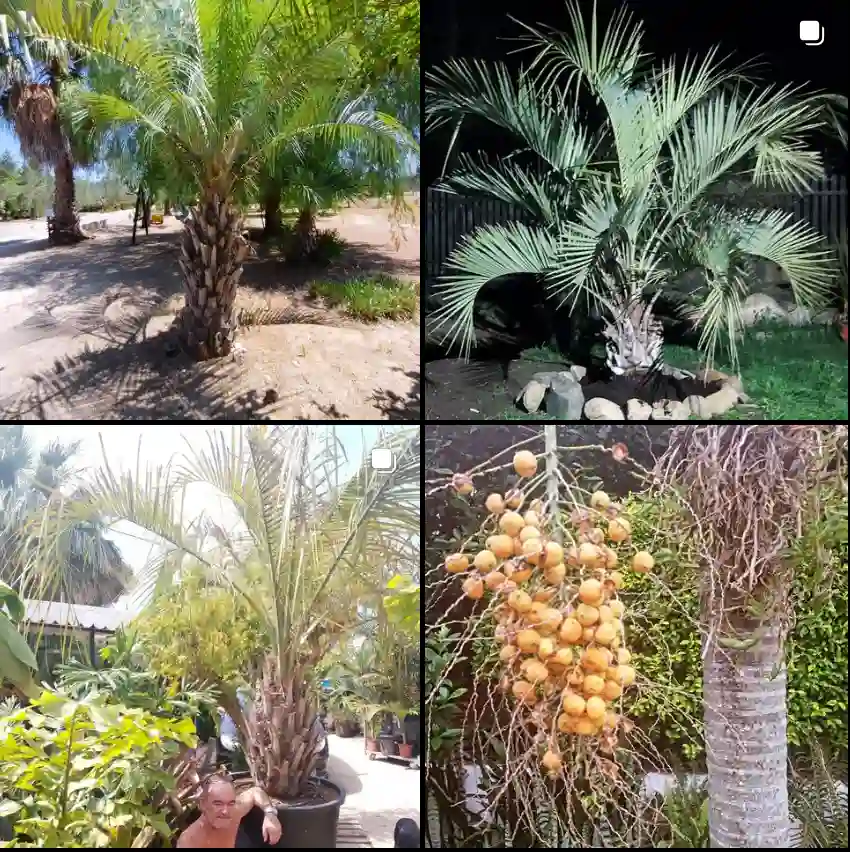Antennaria: The Resilient Beauties of the Asteraceae Family
As a plant enthusiast, I’m always drawn to the unique and the understated. That’s why I find myself captivated by the genus Antennaria, a group of perennial herbs belonging to the Asteraceae family. These plants, often referred to as “pussytoes” due to their soft, fuzzy flower heads, may not be the showiest blooms in the garden, but they possess a quiet charm and resilience that I find truly admirable.
A Closer Look at Antennaria
Antennaria are dioecious plants, meaning they have separate male and female individuals. This characteristic plays a crucial role in their reproduction. The male flowers, with their protruding stamens resembling insect antennae (hence the name Antennaria), are responsible for producing pollen. The female flowers, on the other hand, develop into the characteristic cottony seed heads that give these plants their common name.
These plants are typically found in temperate regions of the Northern Hemisphere, with a few species also present in South America. They thrive in a variety of habitats, from rocky slopes and meadows to open woodlands. This adaptability is a testament to their hardiness and resilience.
Species Diversity within the Genus
The genus Antennaria boasts a diverse range of species, each with its own unique characteristics and distribution:
- Antennaria alpina (L.) Gaertn.
- Antennaria anaphaloides Rydb.
- Antennaria arcuata Cronquist
- Antennaria argentea Benth.
- Antennaria aromatica Evert
- Antennaria bocheriana A.E.Porsild
- Antennaria canescens Malte
- Antennaria carpatica (Wahlenb.) Bluff & Fingerh.
- Antennaria caucasica Boriss.
- Antennaria chilensis J.Rémy
- Antennaria corymbosa E.E.Nelson
- Antennaria densifolia A.E.Porsild
- Antennaria dimorpha Torr. & A.Gray
- Antennaria dioica (L.) Gaertn.
- Antennaria dioiciformis Kom.
- Antennaria flagellaris A.Gray
- Antennaria friesiana (Trautv.) Ekman
- Antennaria geyeri A.Gray
- Antennaria howellii Greene
- Antennaria lanata Greene
- Antennaria luzuloides Torr. & A.Gray
- Antennaria marginata Greene
- Antennaria media Greene
- Antennaria microphylla Rydb.
- Antennaria monocephala DC.
- Antennaria neglecta Greene Plant FAQs: Antennaria Neglecta
- Antennaria nordhageniana Rune & Rønning
- Antennaria × oblancifolia E.E.Nelson
- Antennaria parlinii Fernald Plant FAQs: Antennaria Parlinii
- Antennaria parvifolia Nutt.
- Antennaria plantaginifolia (L.) Hook. Plant FAQs: Antennaria Plantaginifolia
- Antennaria porsildii E.Ekman
- Antennaria pseudoarenicola V.V.Petrovsky
- Antennaria pulchella Greene
- Antennaria pulcherrima (Hook.) Greene
- Antennaria racemosa Hook.
- Antennaria rosea Greene
- Antennaria rosulata Rydb.
- Antennaria sawyeri R.J.Bayer & Figura
- Antennaria sleumeri Cabrera
- Antennaria soliceps S.F.Blake
- Antennaria solitaria Rydb.
- Antennaria stenophylla (A.Gray) A.Gray
- Antennaria suffrutescens Greene
- Antennaria umbrinella Rydb.
- Antennaria virginica Stebbins
The Allure of Antennaria
What draws me to Antennaria is not just their botanical interest, but also their understated beauty and ecological importance. Their soft, fuzzy flower heads add a touch of whimsy to any landscape, and their ability to thrive in harsh conditions makes them valuable contributors to their ecosystems.
Moreover, Antennaria have a rich history of traditional use. Some Native American tribes used these plants for medicinal purposes, while others employed them in ceremonies and rituals. This cultural significance adds another layer of intrigue to these fascinating plants.
My Personal Connection with Antennaria
I’ve always been drawn to plants that can thrive in challenging environments. Growing up in a region with harsh winters and unpredictable weather, I developed a deep appreciation for plants that could withstand the elements. Antennaria, with their ability to endure cold temperatures and dry conditions, embody this resilience.
I remember the first time I encountered an Antennaria plant. I was hiking in the mountains, and I stumbled upon a patch of these fuzzy, white flowers growing amidst the rocks. I was immediately captivated by their delicate beauty and their ability to thrive in such a harsh environment. Since then, I’ve made it a point to learn more about these fascinating plants.
Antennaria in My Garden
I’ve recently started incorporating Antennaria into my own garden. I’ve found them to be relatively low-maintenance plants that add a unique texture and visual interest to my landscape. Their silvery foliage provides a beautiful contrast to the other plants in my garden, and their fuzzy flower heads attract a variety of pollinators.
I’m particularly fond of Antennaria plantaginifolia, which has spread nicely throughout my rock garden. Its plantain-like leaves and delicate white flower heads create a charming groundcover that complements the surrounding rocks and alpine plants.
A Call to Appreciation
In a world that often favors the flashy and the flamboyant, I believe it’s important to appreciate the subtle beauty and resilience of plants like Antennaria. They remind us that strength and beauty can be found in the most unexpected places.
I encourage you to take a closer look at these fascinating plants the next time you encounter them in the wild or at your local nursery. You might just find yourself as captivated by their quiet charm as I am.
If i die, water my plants!



